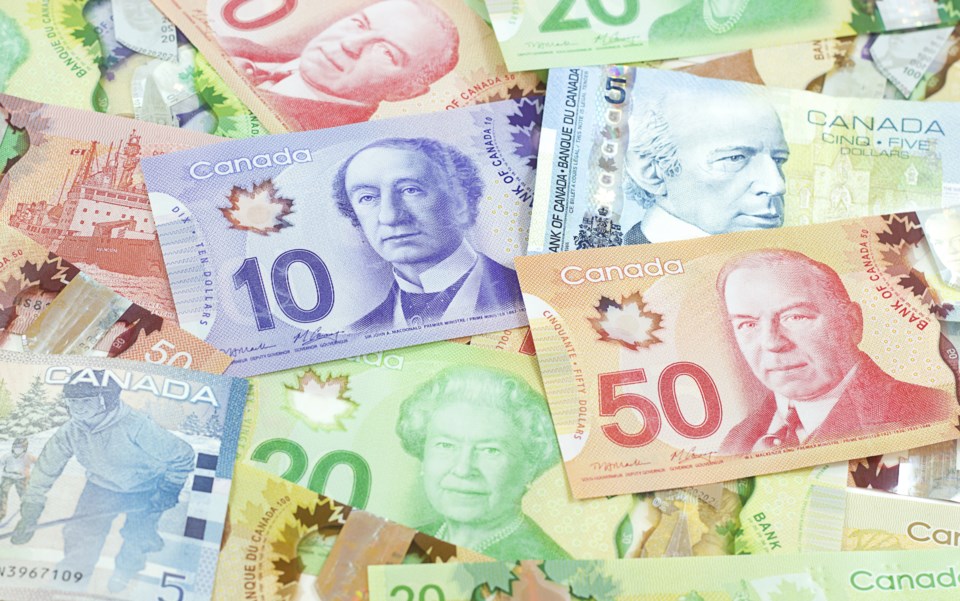The municipality’s latest investment report shows its portfolios saw modest increases during the second quarter of 2020, although both have been in negative territory during the past year.
The investment committee submitted the report — which reviewed how investments performed from April to June — during the Sept. 8 regular council meeting. There was no discussion on the document, so council voted 6-1 to receive and file the report.
Coun. Brian Swanson was opposed.
Long-term portfolio
The long-term portfolio began the second quarter with a market value of $64.9 million, and by the end of June, had earned $5.1 million, to bring the total value to $70 million, the document showed. This represented an increase of 7.88 per cent.
One table shows the long-term portfolio started March with $72.2 million, but contracted 8.83 per cent in one month and started April at $64.9 million.
Year-to-date, the portfolio has lost 1.65 per cent, although it has increased by 1.53 per cent since its inception in 2019.
Moderate-term portfolio
The moderate-term portfolio began the second quarter with a market value of $28.3 million, and by the end of June, it had earned $1.2 million, to bring the total value to $29.6 million, the report said. This represents an increase of 4.44 per cent.
One table shows the moderate-term portfolio started March with $30.5 million, but contracted 4.75 per cent in one month and started April at $28.3 million.
Year-to-date, the portfolio has lost 0.52 per cent, although it has increased by 1.77 per cent since its inception in 2019.
Global investment outlook
RBC Dominion Securities manages the City of Moose Jaw’s investment portfolios. As part of its report on how well the investments have done, RBC also provides a summary of the global investment outlook.
While the initial deaths and illnesses related to the coronavirus pandemic were unfortunate, the biggest effect on global economies came from government-imposed lockdowns that shuttered businesses and curtailed consumer activity, the report said. This led RBC to slash its growth forecasts — they are now mostly below-consensus — while its base outlook for the United States is a 7.1-per-cent decline in that country’s GDP.
The U.S. government delivered nearly $3 trillion in financial aid to citizens and businesses, almost double the $1.6 trillion that the government handed out during the financial crisis of 2008-09. Together, the U.S. fiscal and monetary programs have so far amounted to more than 35 per cent of GDP.
As countries ease lockdown measures, there is the risk that the virus could regain traction and force economies to close again. However, the pandemic’s long-term repercussions include elevated debt levels worldwide that could hinder growth and affect lifestyle changes that could lower productivity, the report continued.
“Inflation could also emerge as a concern once economies eventually recover. While the virus has dominated our thinking, there are other risks that are worth keeping in mind. The U.S. election in November, an important Brexit deadline (in December) and the deterioration of U.S.-China relations, could all serve as sources of volatility for economies and financial markets,” the document added.
The next regular council meeting is Monday, Sept. 21.




